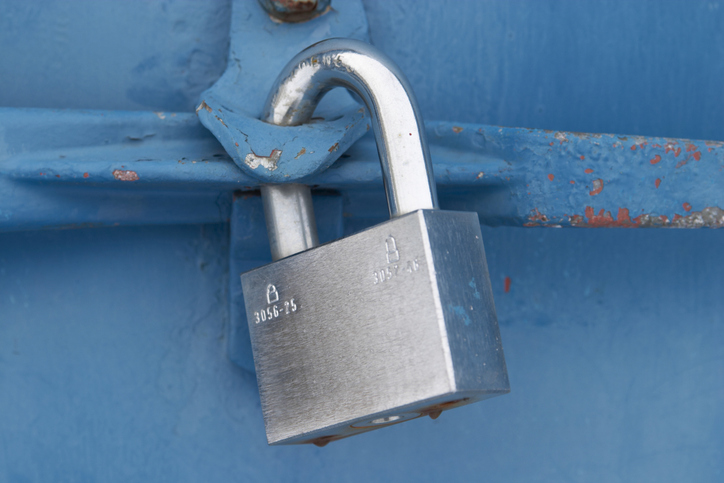PRO Tracking Number for Shipments
Everything you need to know about tracking freight with a PRO number
Freight shipping moves fast. You need to source quality freight carriers to deliver. You also need to monitor their progress so your freight arrives on time and without damage. But with so many shipments going out every day, it’s tough to keep an eye on everything. Losing track of one pallet can cause big headaches for your supply chain. It’s time to get on board with better data for visibility. Want real-time insight on your shipment status and transit time? Track your shipments with a PRO number. Depending on who you ask, "PRO" is short for “progressive rotating order” or “progressive number.”Most consumers have actually used a PRO number (often reduced to just “PRO” in freight jargon) without realizing it. Carriers use PRO numbers to track shipment status from pickup to delivery. If you’ve ever ordered a package from Amazon and tracked it, you’ve seen PRO numbers at work.

What is a PRO number?
The PRO number is a seven-10 digit number that carriers use to track and organize shipments. Shippers like yourself use the PRO to view pickups, stops, and deliveries. It’s the best way to get a high-level view of where your freight is and its expected delivery time. Most LTL shippers use PRO. In fact, PRO is considered the industry standard for tracking. Some carriers use bill of lading (BOL) numbers or pickup numbers, but, by and large, you can expect your carrier to use PRO. Technically speaking, the PRO number isn’t your tracking number. It’s a component of the tracking number. It’s paired with a Standard Carrier Alpha Code (SCAC) to form a longer tracking number or barcode. Every carrier has a unique four-character SCAC, which the National Motor Freight Traffic Association (NMFTA) sets. It identifies not only the shipment, but the carrier transporting that shipment. You use the PRO and the SCAC code to form a barcode. This is the scannable code that carriers place on pallets before shipping. To update the tracking status, they simply scan the code, then the online tracking system sends you updates throughout transit. Simple, right?

Why do we use PRO numbers?
But why do we bother with PRO numbers? Can’t you create your own tracking numbers? While you're generally free to set up your own tracking system, standardization with a PRO number benefits your shipping operation.
- Standardize and simplify: There's no regulation that says you have to use a PRO number, but because so many LTL carriers and shippers use PRO, it’s beneficial that you use it, too. It cuts down on miscommunications and eliminates the need for you to monitor multiple tracking numbers. (That’s a recipe for confusion.) PRO numbers simplify everything. And because everyone recognizes them, you’ll eliminate a lot of friction during the freight shipping process.
- End-to-end transparency: Where are your goods? If you don’t have a tracking number, you’re hoping with blind faith that your carrier pushes the freight through on time with zero problems. This likely isn’t your first rodeo, so you know how easy it is for issues to crop up in freight shipping. PRO number tracking gives you more transparency into the shipping process. If you're not sure where your freight is, you can view the shipment status at any time instead of sitting back and feeling helpless. Using a PRO number is the easiest way to manage expectations and check on your shipment.
- Improved communication: What if bad weather delays your carrier? With a PRO number, you’ll know that there’s been a delay in your freight delivery. This gives you time to communicate with your supply chain and make adjustments before you have a full-blown catastrophe on your hands.

How to use a PRO number
The best practice is to use a PRO number when you ship LTL freight. Never used a PRO number before? Here’s how the process works.
- Creating the PRO number: Your carrier will create the PRO number and pair it with their SCAC to create a barcode. They’ll share that PRO number with you for your records.
- Placing the PRO number: Once the carrier generates the PRO number, you'll see it on the BOL and shipping labels. Carriers usually place the PRO number on the outside of the pallet for easy scanning access.
- Consolidating (if needed): But what happens if you have multiple pallets with different PRO numbers? If that happens, for the sake of clarity, your carrier may assign one PRO number that’s used just for tracking purposes. After all, scanning 50 different PRO numbers at every stop is tedious. One number is easier for everyone to keep track of.
- Managing notifications: You can use the PRO number to track your shipment through your carrier’s web portal, email, text, or your TMS.

A limitation of PRO numbers
While PRO number tracking helps you see where your shipments are every time a worker scans them, this tracking system doesn't have the visibility that's usually required for you to tell if shipments are on time for delivery appointments. However, some businesses provide deeper tracking insights than PRO numbers, which can help you understand your shipment's estimated time of arrival. If you're looking for more tracking visibility throughout your supply chain, check out the following companies:

Process PROs like a pro
Always know where your freight is going. Understand the ins and outs of PRO numbers and how shippers can use them to increase shipping transparency.





